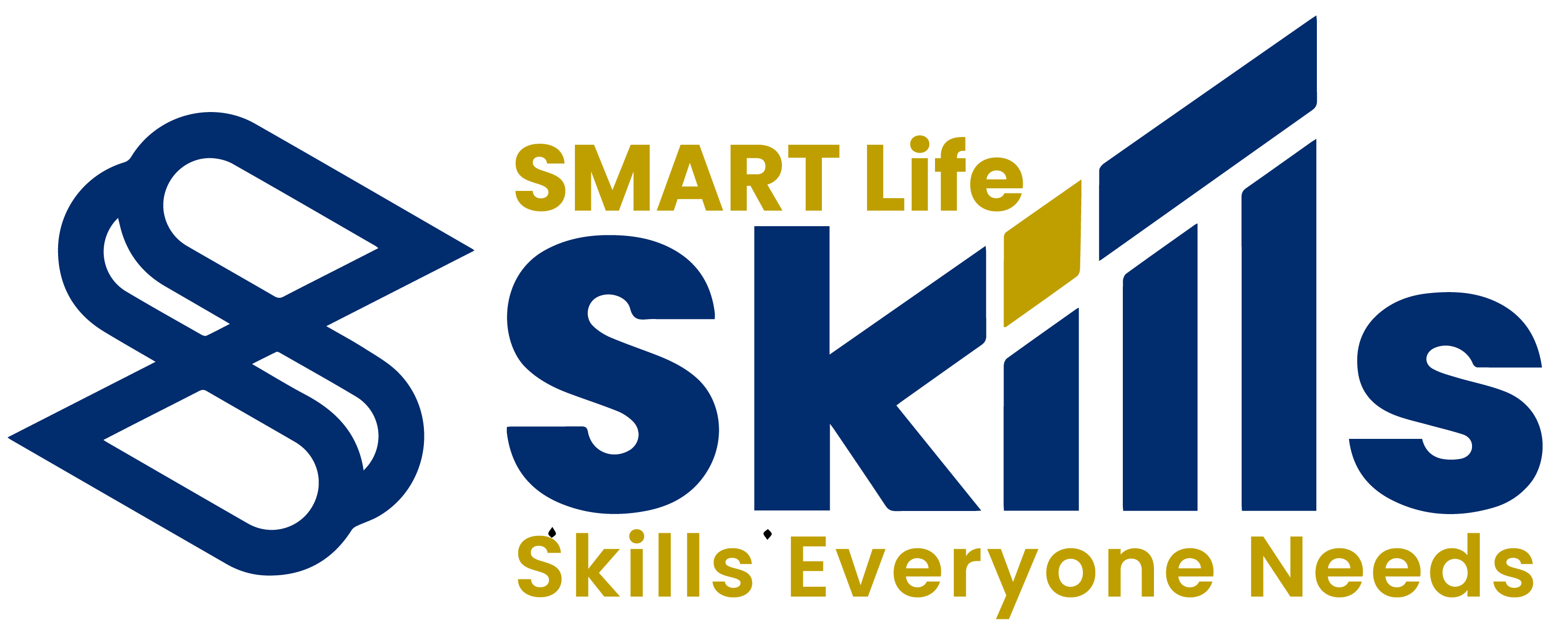Performance management is a critical element of strategic human resource management (SHRM) that aligns employee goals with organisational objectives, ensures accountability, and promotes continuous growth (Armstrong, 2020). At Facebook (now Meta Platforms Inc.), performance management is designed to sustain innovation, agility, and a strong performance-driven culture. With more than 65,000 employees worldwide (Meta, 2024), Meta has built a data-informed, feedback-centric system that supports both individual excellence and collaborative success.
Meta’s performance management approach blends quantitative data, peer reviews, and managerial assessments, underpinned by its cultural mantra: “Move fast, build things, and be bold.” The system is not without controversy, yet it provides valuable lessons about designing performance systems for complex, fast-moving digital organisations.
2.0 Conceptual Framework: Performance Management in Modern Organisations
Performance management extends beyond annual appraisals—it is a continuous process involving goal-setting, coaching, and performance review (Aguinis, 2019). Facebook’s approach reflects modern trends in performance management by emphasising real-time feedback, employee empowerment, and data-driven evaluation (Bircan & Qi, 2025). According to CIPD (2023), such models enhance engagement and accountability, particularly in knowledge-intensive environments like tech firms.
The shift towards continuous performance management (CPM) at Meta aligns with Locke and Latham’s Goal Setting Theory (2002), which highlights that clear, challenging, and measurable goals improve employee motivation and results.
3.0 Performance Management at Meta
Meta’s performance management system, commonly referred to internally as “Performance Summary Cycle”, involves biannual reviews combining peer feedback, manager evaluations, and self-reflections (Abey, Velmurugan & Shaikh, 2025). The process follows five key stages:
- Goal Setting: Employees create personal objectives aligned with Meta’s broader mission to “give people the power to build community and bring the world closer together.”
- Ongoing Feedback: Continuous 360-degree feedback from colleagues and managers.
- Mid-cycle Check-ins: Evaluations to assess progress and adjust goals.
- Performance Review: Formal appraisal every six months.
- Calibration Meetings: Managers meet to compare performance scores to ensure consistency across teams.
This structured approach ensures transparency, fairness, and accountability, while promoting collaboration and alignment with organisational priorities (Meta, 2024).
4.0 Role of Feedback and Data Analytics
Meta employs a feedback-rich performance culture facilitated by internal digital tools such as Workplace by Meta and proprietary HR platforms. Employees are encouraged to give and receive peer feedback regularly, reinforcing the idea that performance conversations should be continuous rather than annual (Nichols & Thrall, 2025).
Using big data analytics, HR can track employee sentiment, productivity, and team engagement in real time. According to Abey et al. (2025), this data-centric approach allows managers to make informed, evidence-based decisions. Such predictive analytics help identify both high performers and employees at risk of disengagement.
However, critics argue that this quantification of performance may risk reducing human contributions to numerical scores, leading to potential bias or performance anxiety (Atwani, Hlyal & El Alami, 2025).
5.0 360-Degree Feedback and Peer Review
Meta’s peer review system plays a central role in its performance management philosophy. Employees receive feedback from colleagues on teamwork, collaboration, and contribution to shared goals. This practice is based on the belief that peers often have a more direct understanding of one another’s impact.
A 2023 internal HR report (Meta, 2024) revealed that 89% of employees found peer reviews helpful for self-awareness and professional growth. However, it also identified challenges: competition, fear of bias, and perceived lack of anonymity.
To mitigate this, Meta uses structured feedback forms and anonymous surveys that assess behavioural competencies rather than subjective personality traits, aligning with Bacal’s (2012) recommendations for effective feedback systems.
6.0 Linking Performance to Rewards and Career Growth
Performance ratings at Meta directly influence bonuses, promotions, and stock options. Top performers—usually rated as “Exceeds Expectations” or “Greatly Exceeds”—receive performance-based equity and career advancement opportunities (Robbins & Judge, 2019). This system ties individual achievements to tangible rewards, reinforcing Meta’s meritocratic culture.
In contrast, employees rated “Meets Expectations” are encouraged to improve through coaching and mentorship programmes, while those underperforming are placed in Performance Improvement Plans (PIPs). While this system supports accountability, it has been criticised for fostering internal competition and stress, especially during economic downturns (The Guardian, 2023).
7.0 Technology and Artificial Intelligence in Performance Evaluation
Meta leverages AI-driven HR analytics to enhance objectivity in evaluations. For instance, algorithmic dashboards track project outcomes, code quality (for engineers), and cross-functional collaboration metrics. Ugale & Railkar (2025) found that Meta’s algorithmic performance tracking systems improve decision-making accuracy while reducing unconscious bias.
However, scholars such as Nichols & Thrall (2025) warn that algorithmic performance systems may inadvertently replicate biases encoded in data, reinforcing existing inequalities. As such, Meta’s HR division frequently audits these algorithms to ensure ethical and transparent AI deployment in people management.
8.0 Leadership, Culture, and Performance Alignment
Meta’s performance system is underpinned by its leadership philosophy—“Be Open, Move Fast, and Focus on Impact.” Managers are trained to act as coaches rather than controllers, embodying the transformational leadership style described by Bass and Riggio (2006). Regular one-on-one meetings focus on developmental feedback rather than punitive measures.
The company’s cultural values, such as “Be Bold” and “Focus on Long-Term Impact”, are embedded in performance evaluations, ensuring that metrics align with cultural behaviours as well as quantitative outcomes (Schein, 2010).
9.0 Challenges and Criticisms
While Meta’s system is sophisticated, it has faced multiple challenges:
- Performance Pressure: Employees report that frequent evaluations create high stress and fear of job loss (BBC, 2023).
- Internal Competition: The peer review and calibration process can encourage rivalry instead of collaboration.
- Layoff Integration: During Meta’s 2023 restructuring, performance scores were allegedly used to identify redundant roles, raising ethical concerns (Forbes, 2023).
Despite these criticisms, Meta continues to refine its model towards a more development-oriented system, integrating well-being and psychological safety as key priorities (Bircan & Qi, 2025).
10.0 Lessons for Other Organisations
Meta’s performance management framework offers several lessons for HR practitioners and business leaders:
- Continuous feedback is more effective than annual reviews.
- Data-driven systems enhance objectivity but must be balanced with empathy.
- Linking recognition to organisational culture reinforces desired behaviours.
- Transparency and communication are critical to trust in performance systems.
- Employee well-being must remain central to prevent burnout and disengagement.
These lessons resonate with the CIPD (2023) recommendation that performance management should evolve from evaluative to developmental, promoting learning, fairness, and inclusivity.
Meta’s performance management system reflects the modern evolution of HRM—from rigid appraisals to dynamic, feedback-based ecosystems. By integrating continuous feedback, AI analytics, and behavioural assessments, Meta ensures that employee contributions align with business goals in real time. However, its experience also demonstrates the importance of maintaining a human-centred approach within data-driven frameworks.
Ultimately, Meta’s success in performance management lies not just in its tools or metrics but in its commitment to empowering employees to take ownership of their growth. For organisations seeking to innovate in the digital age, Meta provides both a model to emulate and a cautionary tale on the balance between performance excellence and employee well-being.
References
Abey, J., Velmurugan, R., & Shaikh, Z.H. (2025). Analyzing the Performance of a Deep Learning-Based Model for Stock Market Trend Prediction. Springer.
Aguinis, H. (2019). Performance Management for Dummies. Wiley.
Armstrong, M. (2020). Armstrong’s Handbook of Performance Management. Kogan Page.
Atwani, M., Hlyal, M., & El Alami, J. (2025). A Hybrid HW-RFR Forecasting Model. Data and Metadata Journal, 4(83).
Bacal, R. (2012). Performance Management. McGraw-Hill Education.
Bass, B. & Riggio, R. (2006). Transformational Leadership. Psychology Press.
BBC. (2023). Meta’s Performance Review Culture Faces Employee Backlash. [Online]. Available at: https://www.bbc.com.
Bircan, T., & Qi, H. (2025). New Methodological Approaches for Human Dynamics. Frontiers in Human Dynamics.
CIPD. (2023). Performance Management: An Evidence-Based Review. [Online]. Available at: https://www.cipd.co.uk.
Forbes. (2023). Meta’s Layoffs and the Role of Performance Ratings. [Online].
Meta. (2024). Performance Summary Cycle Report. Internal HR Publication.
Nichols, T.P. & Thrall, A. (2025). Platformed Privatisation: Data, Technology and Educational Governance. Edward Elgar.
Robbins, S.P. & Judge, T.A. (2019). Organisational Behaviour. Pearson.
Schein, E.H. (2010). Organisational Culture and Leadership. Wiley.
Ugale, P., & Railkar, P. (2025). Steganographic Embedding of Features for Performance Analytics. IEEE Conference Proceedings.









